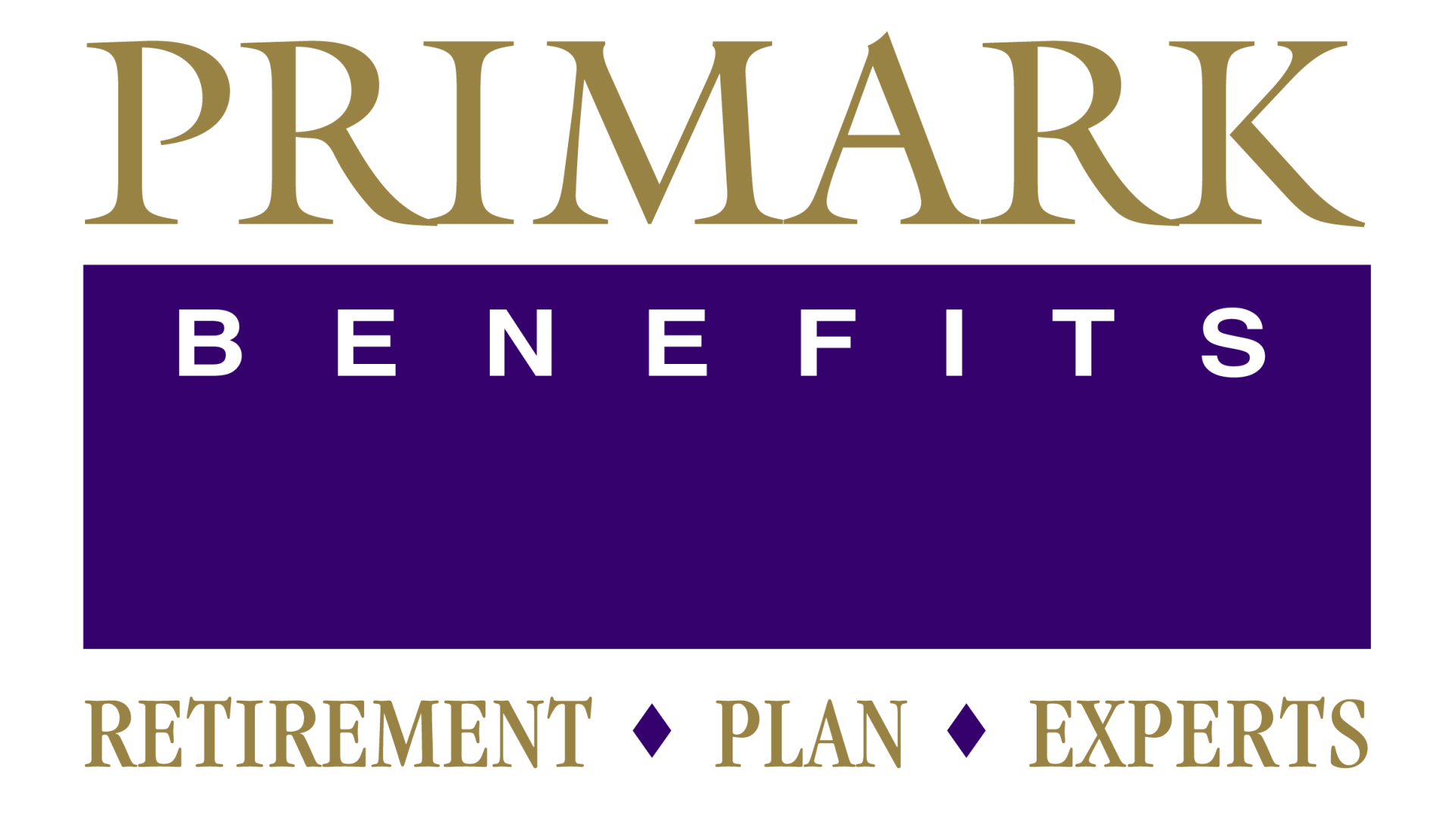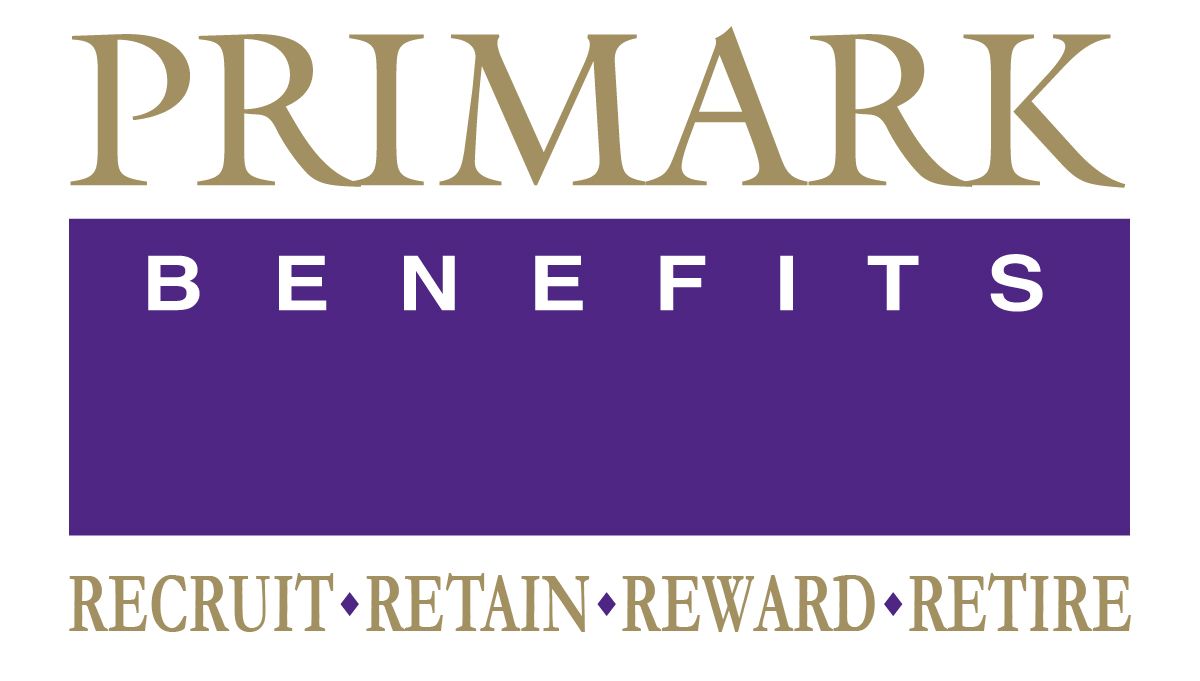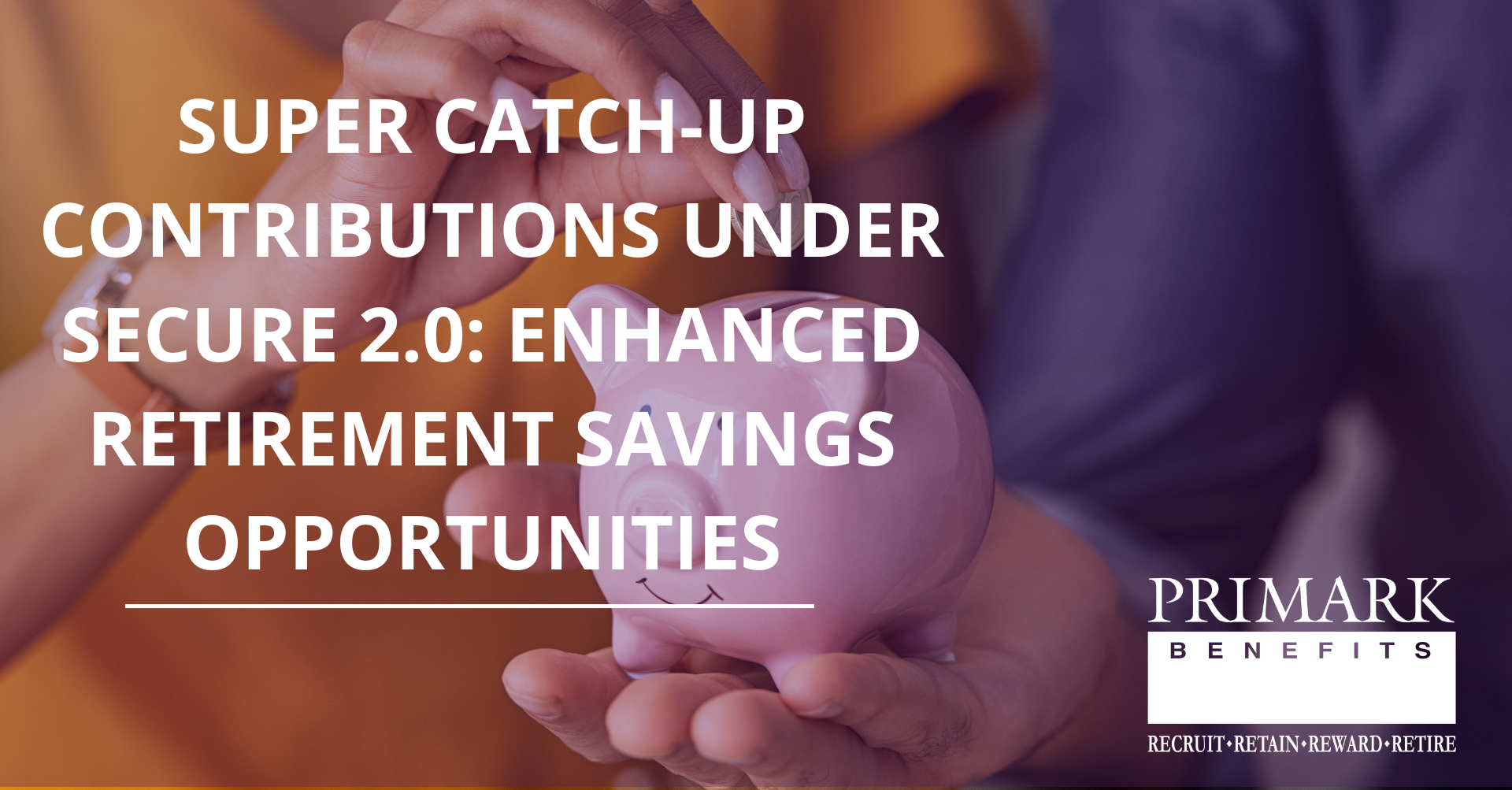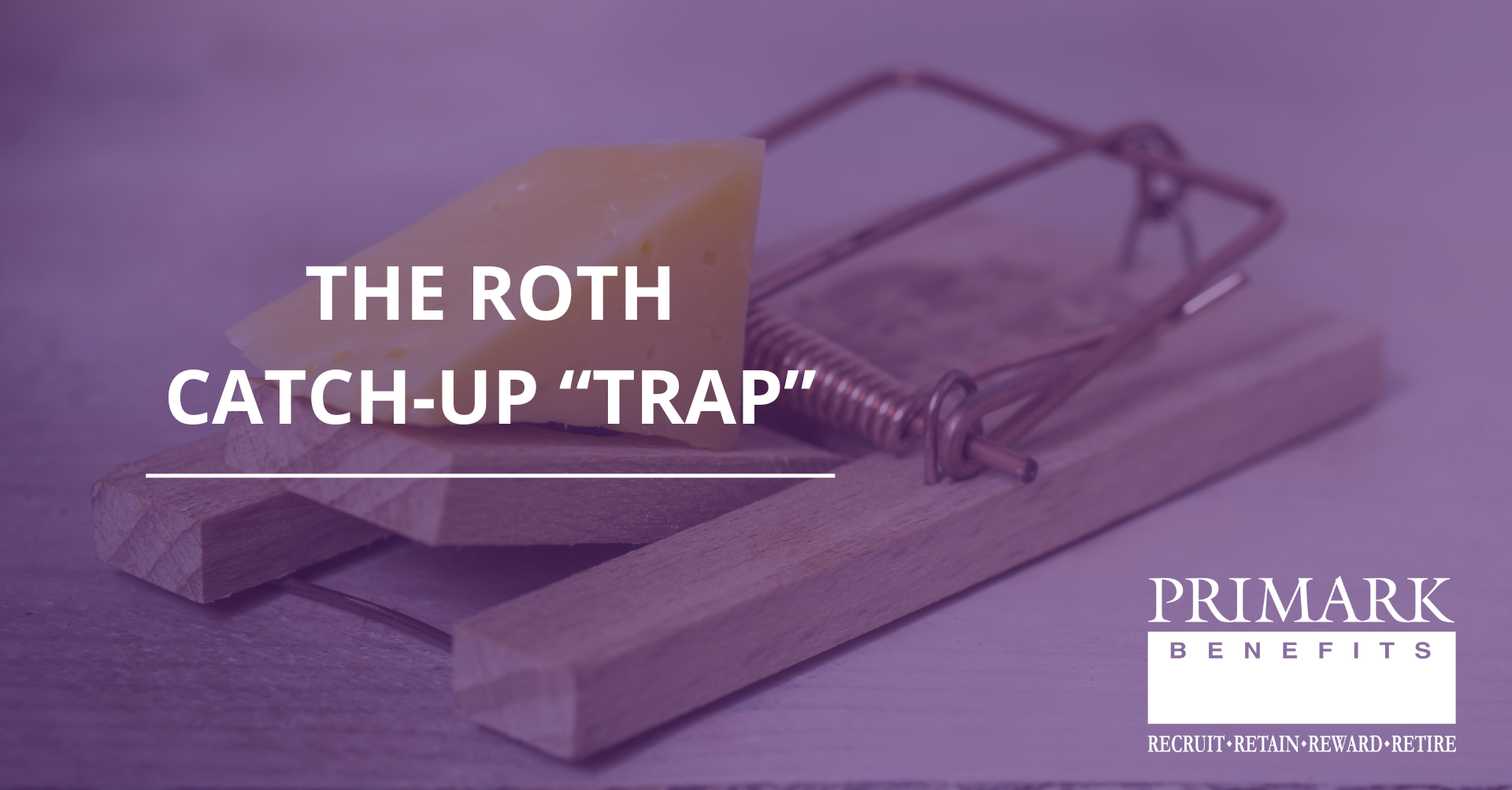Q1 2025 Newsletter
April 10, 2025
As we wrap up the first quarter of 2025, the team at Primark Benefits has been hard at work for our clients, keeping their retirement plans in compliance.
At the same time, we've also been keeping you informed on the latest retirement plan developments, compliance updates, and strategic best practices. In case you missed any of our recent articles, here’s a quick recap of the topics we covered this quarter—from new SECURE 2.0 provisions to record retention strategies and ROTH account considerations.
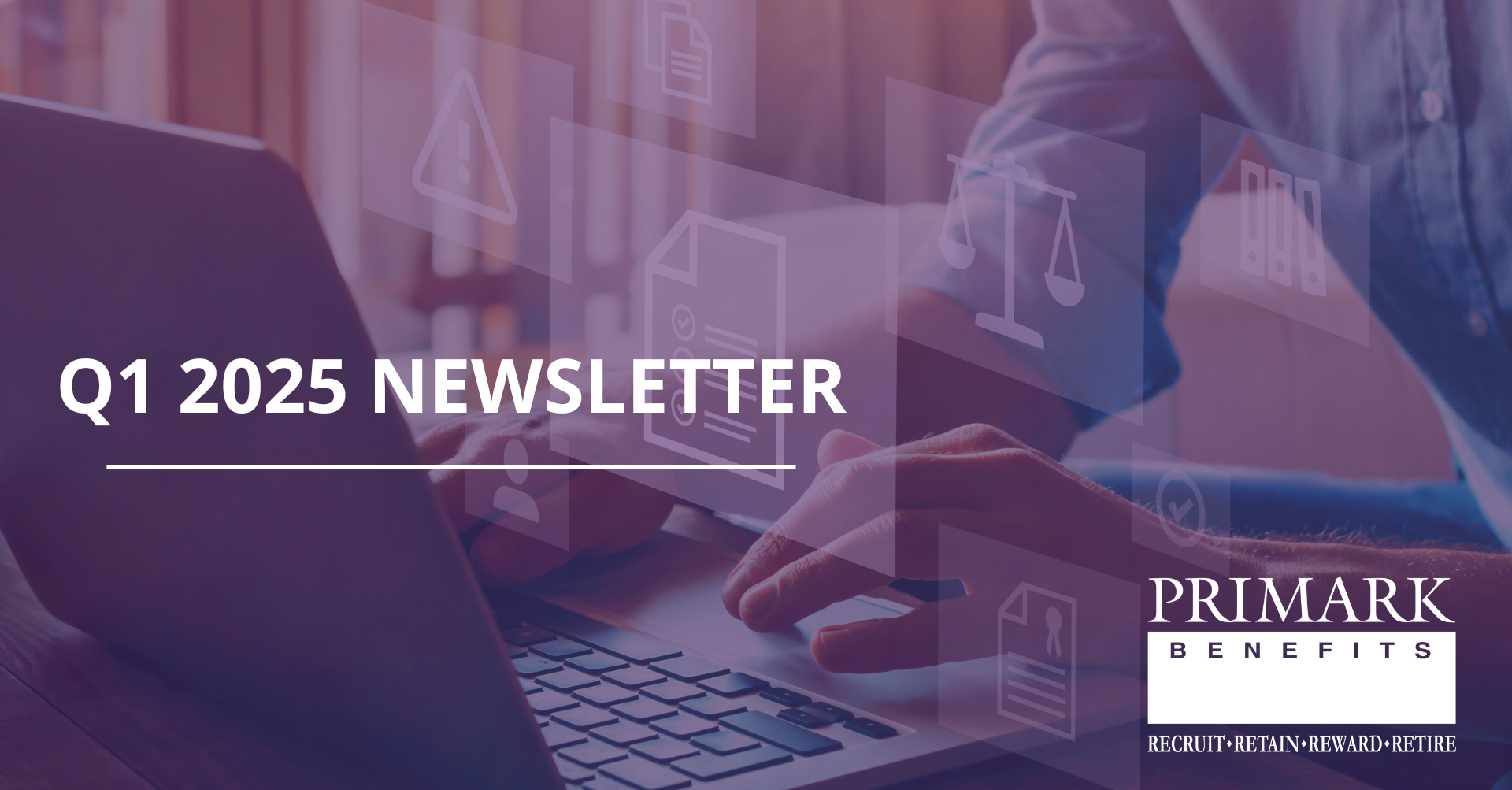
Here's What You Need to Know
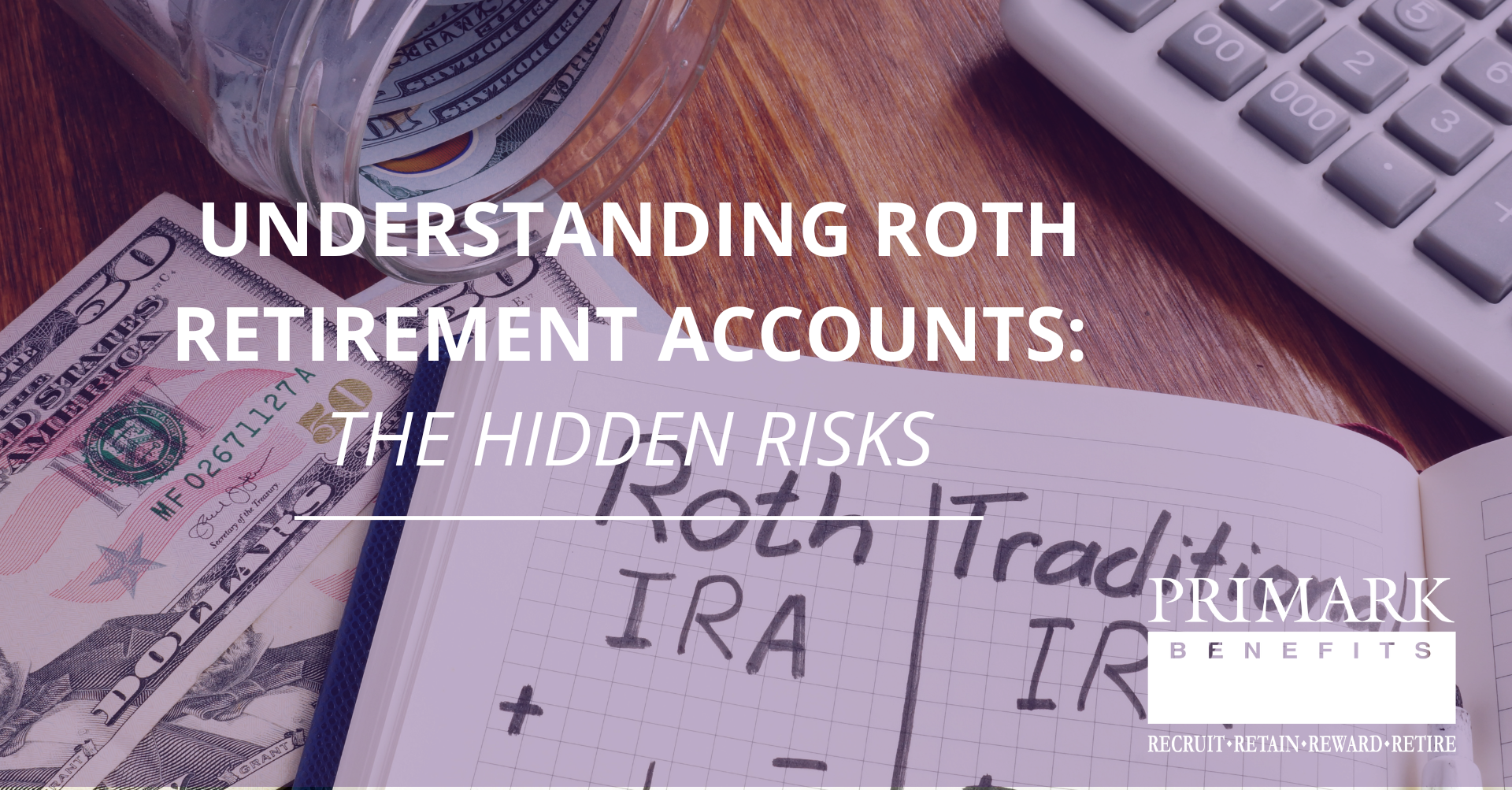
The ROTH Retirement Account, named for Senator William Roth, was introduced as part of the Taxpayer Relief Act of 1997. The main feature of a ROTH account is that contributions are made with post-tax dollars as opposed to pre-tax; this means that any withdrawals, including earnings on the investments, are tax-free in retirement. This advantage can be particularly attractive for those individuals who anticipate being in a higher tax bracket later in life. However, this needs to be weighed against the uncertainty about whether and for how long this tax status will be truly protected. Can you safely invest in a ROTH account and really expect tax-free withdrawals ten, twenty, or thirty years down the line?
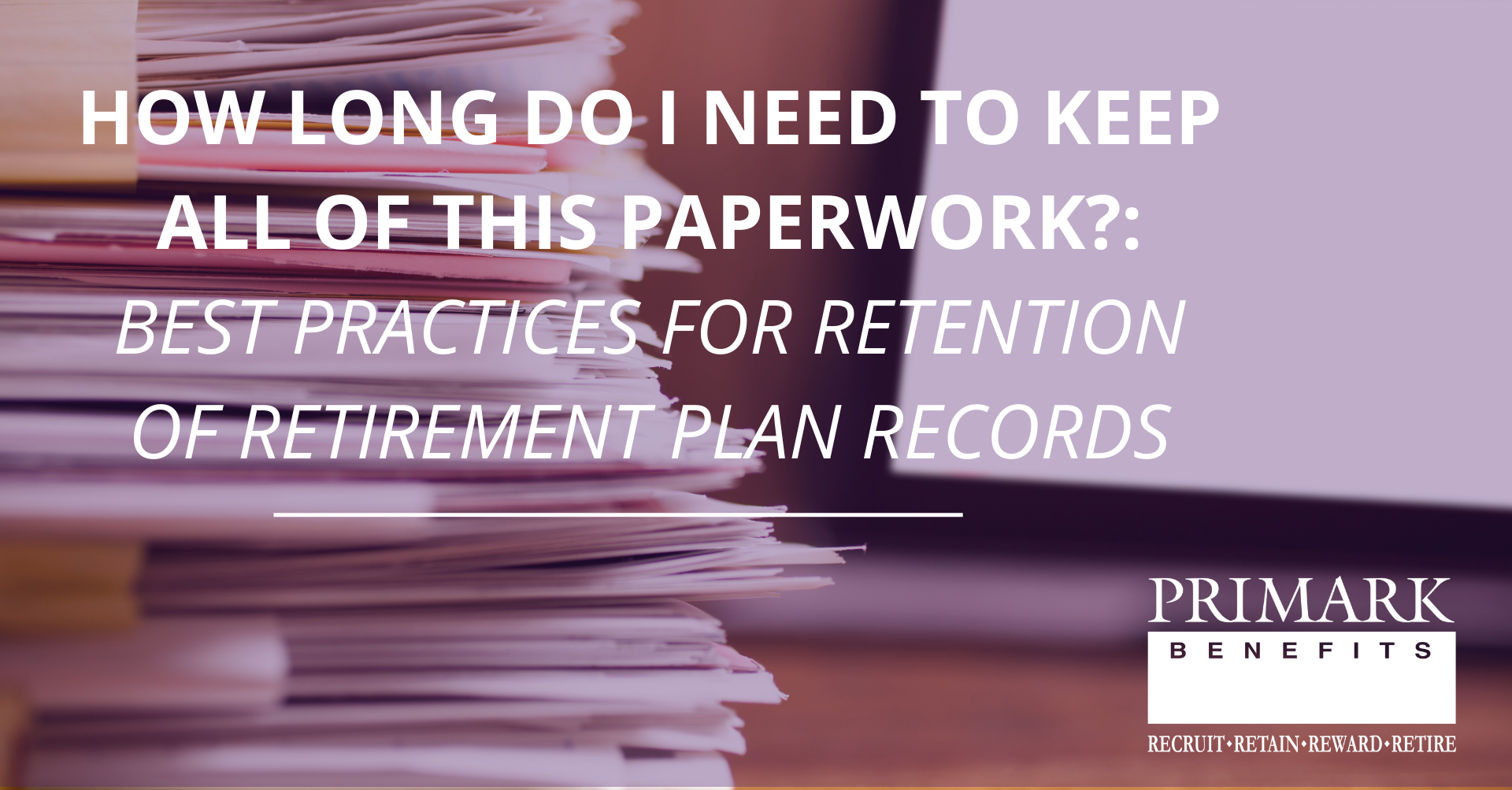
How Long Do I Need to Keep All of This Paperwork? Today, we’re going to share our position on what may seem to be a black-and-white (if not also mundane) retirement plan-related topic - that of record retention. It’s one that we’ve been asked about hundreds of times, and understandably so: For one thing, it involves a lot of files, whether hard copy or electronic. Also, the requirements and guidelines from various government agencies can often seem to conflict. Most importantly, though, it has gotten plenty of well-meaning plan sponsors into some hot water, both financially and legally. There have been numerous instances when it turned out the guidelines weren’t enough to protect employers from costly legal disputes. Read on to find out more.
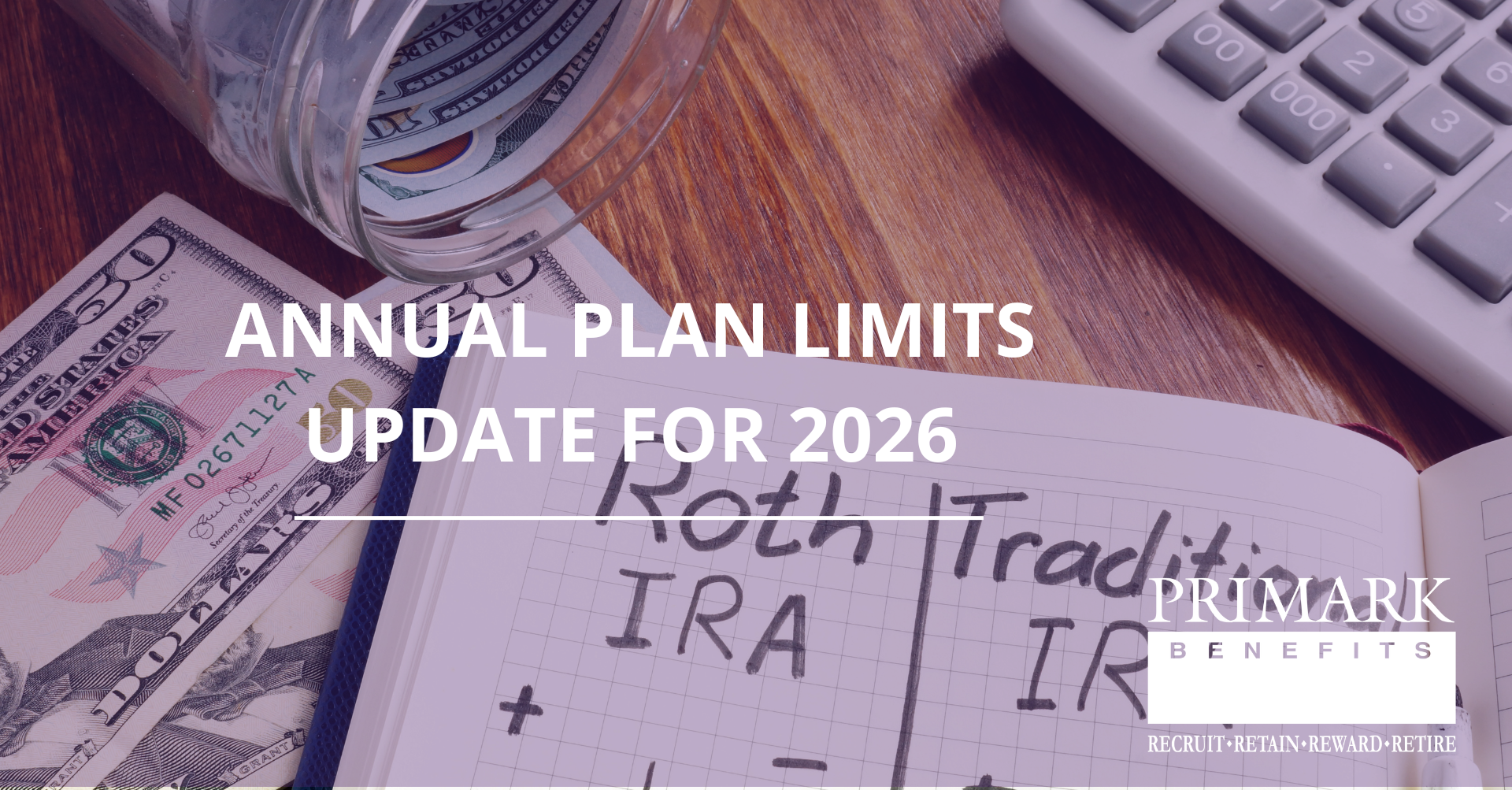
As we approach the end of the year, it’s time for employers, plan sponsors, and participants to review the new retirement plan limits for 2026. Each year, the IRS updates the thresholds for contributions, compensation, and catch-up amounts to account for inflation and statutory changes. Staying on top of these numbers is critical for plan compliance, participant communications, and overall retirement strategy.
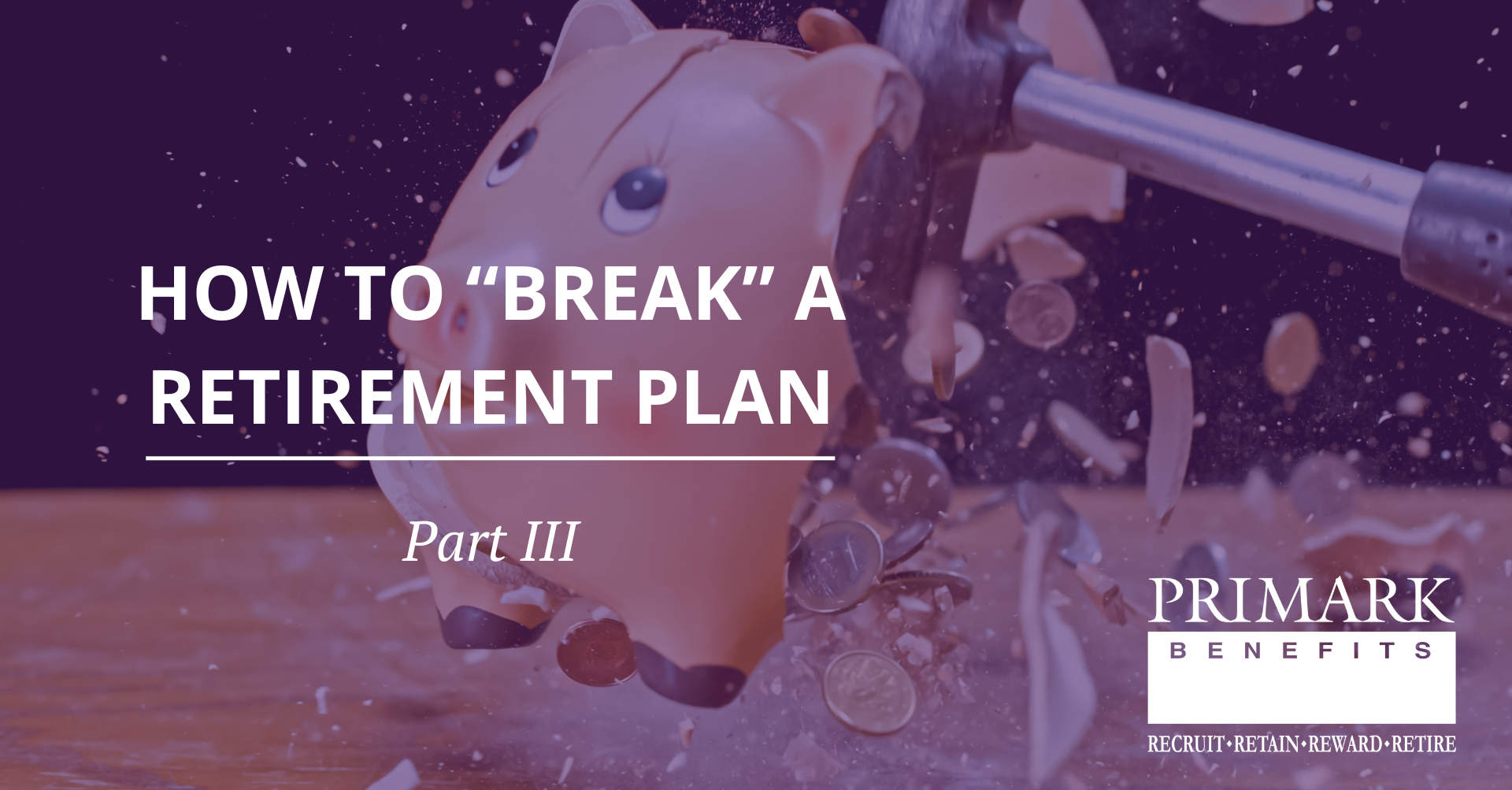
Welcome back to our series, How to “Break” a Retirement Plan” In Part I , we examined structural mistakes—the foundational missteps in plan design, contribution handling, and payroll processes that can quietly set a plan on the wrong path. Part II focused on operational blind spots, showing how day-to-day execution errors, from auto-enrollment missteps to mishandling former employees’ accounts, can derail even a well-designed plan. Now, in Part III, we turn our attention to what happens when the IRS takes a closer look. When a retirement plan is audited, the IRS isn’t searching for obscure loopholes; it’s looking for a familiar set of recurring problems. These are the same types of errors that often start small but can grow into significant compliance issues. Understanding where auditors tend to focus can help plan sponsors stay ahead of “issues” before they become “findings”.
